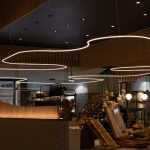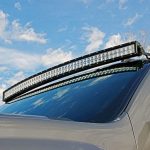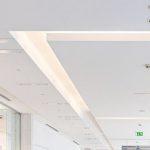Upgrade Your Lighting: Quick Guide on How to Change Fluorescent Light Fixture to LED
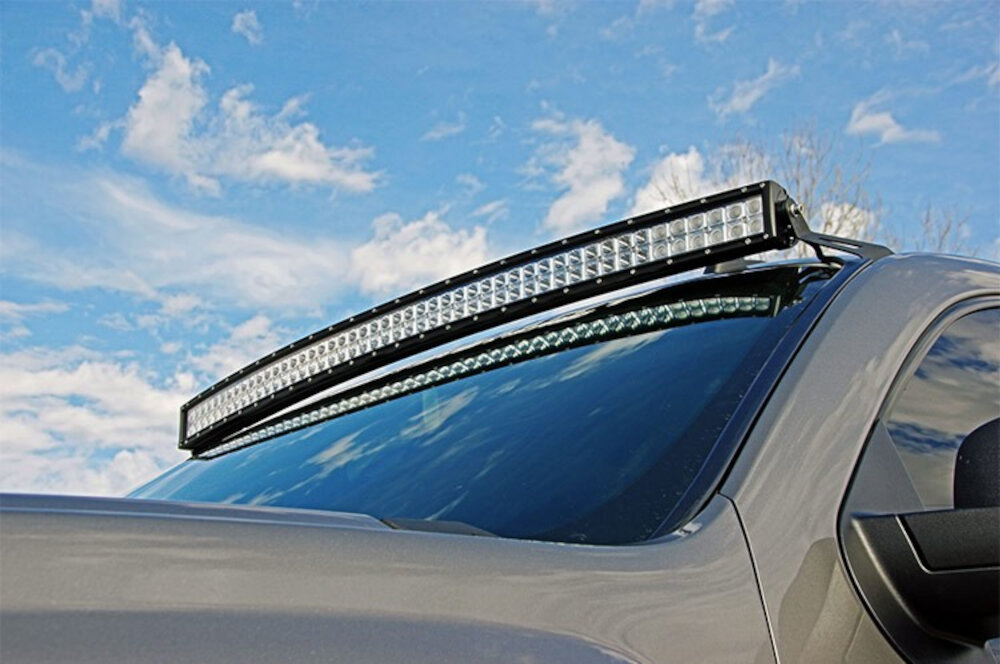
Lighting plays a crucial role in our everyday lives. It is not only a basic necessity but also a significant factor in creating a comfortable and inviting atmosphere in our homes or workplaces. With the advent of LED lighting technology, many people are now considering upgrading their fluorescent light fixtures to LED. LED lights offer numerous advantages over traditional fluorescent lights, such as energy efficiency, longer lifespan, and lower maintenance costs. In this quick guide, we will explore how to change fluorescent light fixtures to LED, providing you with a step-by-step process to upgrade your lighting and reap the benefits of LED technology. Switching from fluorescent to LED lighting may seem like a daunting task, but it is relatively simple if you have a basic understanding of electrical circuits and some DIY skills. You do not need to hire an electrician to change fluorescent light fixtures to LED, although it is advisable to consult with one if you are not confident in your abilities. Upgrading your lighting to LED not only enhances the aesthetics of your home or office but also contributes to reducing your carbon footprint, making it a worthwhile investment in the long run. So, let’s get started on how to change fluorescent light fixtures to LED!
Upgrading to LED lighting provides numerous benefits for both residential and commercial settings. LED lights are much more energy-efficient than traditional lighting options, resulting in significant cost savings over time. They also have a longer lifespan, reducing the need for frequent replacement and maintenance. Additionally, LED lights emit less heat, making them a safer option and reducing the strain on cooling systems. LED lights are also available in a variety of color temperatures, allowing for greater customization and flexibility in lighting design. Overall, upgrading to LED lighting provides a more sustainable, cost-effective, and versatile lighting solution.
Upgrading fluorescent light fixtures to LED is an excellent way to save money on energy bills while brightening up your space. The process involves several steps, starting with removing the old fluorescent light fixture and disconnecting the wiring. After that, the new LED fixture needs to be installed, which can be done by mounting the fixture onto the ceiling or the surface of the wall. Once it is mounted, the wiring needs to be connected, and the LED light bulbs need to be screwed in. Finally, the fixture needs to be tested to ensure that everything is working correctly. With these simple steps, you can easily upgrade your fluorescent light fixtures to LED and enjoy the benefits of energy efficiency and improved lighting.
Gather Materials

When it comes to upgrading your lighting, the first step is to gather all the necessary materials. This will ensure a smooth and efficient process. The materials you will need include new LED light fixtures, wire connectors, wire strippers, screwdrivers, pliers, and a ladder. It is important to make sure that the LED light fixtures you purchase are compatible with your current wiring system. You can check the packaging or consult with a professional to ensure compatibility. Wire connectors are necessary to connect the wires from the LED fixture to the existing wiring system. Wire strippers will be used to remove the insulation from the wires, so they can be connected. Screwdrivers and pliers will be used to remove the old fixtures and install the new ones. Lastly, a ladder will be needed to reach the fixtures. It is important to take caution when gathering materials for this project. Be sure to purchase high-quality fixtures and tools to prevent any accidents or malfunctions. Additionally, it is important to turn off the power to the existing fixtures before beginning any work. This can be done by turning off the circuit breaker that powers the lights. Once the power is off, you can safely remove the old fixtures and install the new LED fixtures. With the right materials and precautions, upgrading your lighting can be a simple and rewarding process.
Changing a fluorescent light fixture to LED requires several tools and materials. At minimum, the following items are necessary: a screwdriver, wire strippers, wire nuts, LED light fixture, and safety glasses. Additionally, a ladder or step stool may be necessary depending on the location of the fixture. It is important to ensure that the LED light fixture is the correct size and wattage for the existing fixture. Taking the time to gather these tools and materials before beginning the project will make the process smoother and more efficient.
When it comes to purchasing LED light fixtures, there are various options available in the market. Online stores such as Amazon, Home Depot, and Lowe’s offer a wide range of LED light fixtures at competitive prices. Local lighting stores and electrical supply shops are also excellent options for purchasing LED light fixtures as they offer personalized assistance and advice. Additionally, consulting with an electrician or lighting expert can help in selecting the most suitable LED light fixture for your specific needs. Overall, it is essential to purchase LED light fixtures from reputable sources to ensure quality and durability.
Turn Off Power
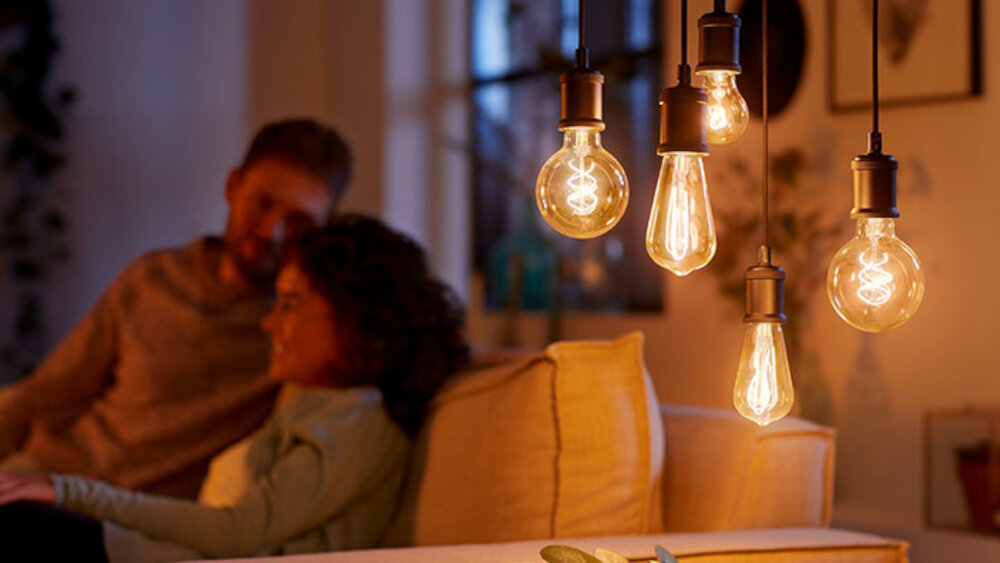
When it comes to upgrading your lighting, one of the most important steps is to turn off the power. This is critical for your safety, as well as for the success of the project. Before you begin, it’s important to locate the circuit breaker that controls the power to your existing fluorescent light fixture. Once you’ve found the right breaker, you can turn it off to ensure that the power is completely shut off. It’s also a good idea to double-check that the power is off by using a voltage tester. This will help you avoid any potential electrical hazards and ensure that the wiring is safe to work with. Turning off the power is a simple but critical step that should not be overlooked when changing a fluorescent light fixture to LED. It’s important to take the time to do this properly, as it will help you avoid any accidents or mistakes that could lead to injury or damage to your electrical system. By following this step, you can ensure that your project is completed safely and successfully, and that your new LED lighting is installed and functioning properly. So don’t forget to turn off the power before you get started – it’s a small step that can make a big difference in the outcome of your project.
Turning off power before beginning work is crucial to ensure safety when upgrading a fluorescent light fixture to LED. Failure to do so can result in electrocution or other electrical hazards. Additionally, leaving the power on can cause damage to the LED lights or other electrical components during the installation process. It is important to identify the correct circuit breaker and turn it off before starting any work. Always double-check to ensure that power has been completely shut off before beginning the installation process. Taking the necessary precautions will help prevent accidents and ensure a successful upgrade to LED lighting.
Before attempting to change a fluorescent light fixture to LED, it is important to turn off the power supply to avoid electrical accidents. To safely turn off the power, locate the circuit breaker box and identify the circuit that powers the light fixture. Flip the switch to the off position and test the light switch to ensure that the power is off. It is also recommended to use a voltage tester to confirm that the power is indeed off before proceeding with any electrical work. Safety goggles and gloves are also recommended when handling electrical components. By following these simple steps, you can ensure a safe and successful upgrade to LED lighting.
Remove Fluorescent Fixture
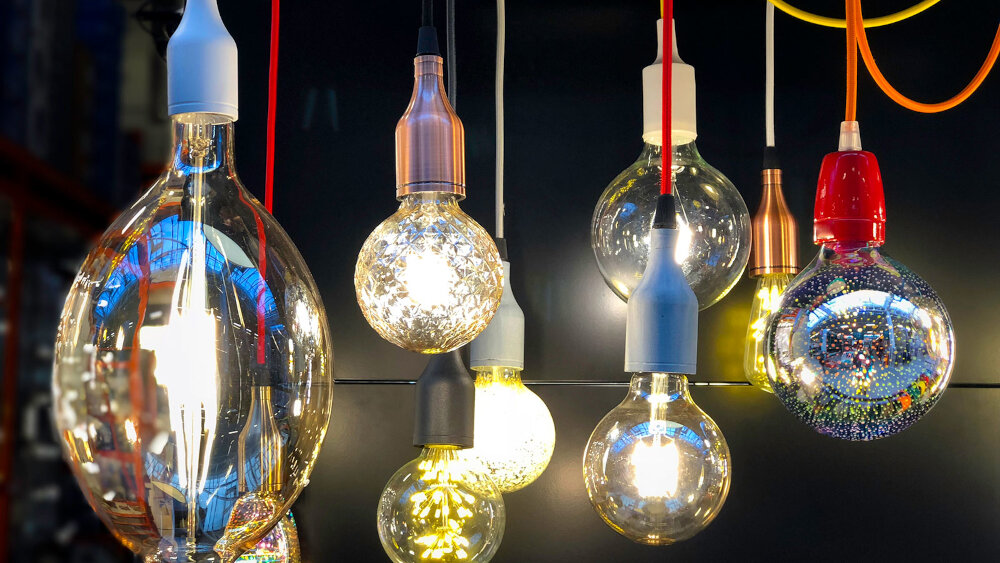
Removing a fluorescent fixture can be a challenging task, but with the right tools and knowledge, it can be done quickly and efficiently. Before starting, make sure to turn off the power supply to the fixture by switching off the circuit breaker or unplugging it. Next, remove the bulbs from the fixture by twisting them counterclockwise until they come loose. If the bulbs are difficult to remove, use a pair of pliers to gently twist them out. Once the bulbs are removed, it’s time to take down the fixture itself. Start by removing any screws or bolts that are holding the fixture to the ceiling or wall. If the fixture is attached with clips, gently pry them away from the ceiling or wall until the fixture comes loose. Be careful not to damage the ceiling or wall during this process. Once the fixture is removed, disconnect the wires by unscrewing the wire nuts that connect them. Take note of which wires are connected to each other so that you can reconnect them properly when installing the new LED fixture. With these steps, you can easily remove a fluorescent fixture and prepare for the installation of an LED light fixture.
Removing an existing fluorescent light fixture can seem daunting, but with the right tools and knowledge, it can be a quick and simple process. Begin by turning off the power to the fixture at the circuit breaker or fuse box. Use a ladder or step stool to reach the fixture and remove any bulbs or covers. Next, locate the screws or clips that hold the fixture in place and remove them using a screwdriver or pliers. Carefully lower the fixture down and disconnect the wiring by unscrewing wire nuts or disconnecting plug connectors. Be sure to label or take a photo of the wiring configuration for easy reinstallation. Finally, remove the mounting bracket and any remaining screws or clips from the ceiling. With the old fixture removed, you’re ready to install your new LED fixture and enjoy the benefits of more efficient and versatile lighting.
When it comes to disposing of fluorescent bulbs, it’s important to handle them with care as they contain small amounts of mercury which can be harmful to the environment and human health. The first step is to turn off the light and wait for the bulb to cool down before removing it from the fixture. Next, wrap the bulb in newspaper or place it in a sealable plastic bag to prevent any potential breakage. It’s recommended to check with your local authorities to see if there are any specific guidelines for fluorescent bulb disposal in your area. Many cities offer special recycling programs or drop-off locations to ensure safe and responsible disposal. By following these tips, you can help protect the environment and keep yourself and others safe from potential harm.
Install LED Fixture
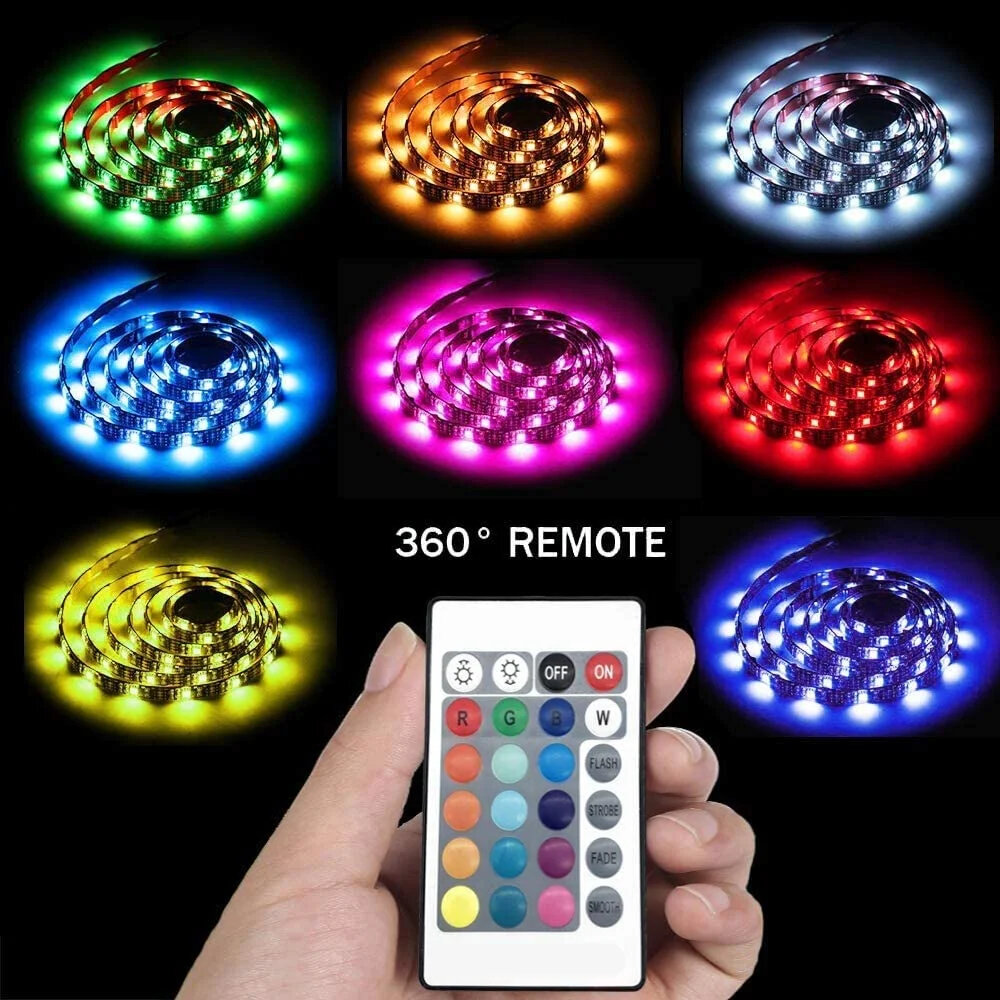
Upgrading your lighting system by changing fluorescent light fixtures to LED can make a significant difference in your home or office’s energy efficiency and overall appearance. Installing LED fixtures is a simple process that can be completed in just a few steps. To begin, turn off the power source to the existing light fixture by switching off the circuit breaker or unscrewing the appropriate fuse. Next, remove the fluorescent light fixture by unscrewing the screws holding it in place and disconnecting any wiring connections. If necessary, remove the ballast and replace it with an LED driver. The LED driver will convert the voltage to the appropriate level for the LED bulbs. Once the driver is installed, connect the wiring to the driver and then attach the new LED fixture to the ceiling using the appropriate screws. Finally, turn the power back on and enjoy your new, energy-efficient lighting. It is worth noting that there are some additional considerations to keep in mind when installing LED fixtures. For example, it is important to select the appropriate LED fixture for your needs. Consider the size of the space you are lighting, the type of lighting you need, and the color temperature of the bulbs. Additionally, if you are replacing multiple fluorescent fixtures with LED fixtures, it is important to ensure that the LED fixtures are compatible with each other. This will help to ensure that your lighting is consistent throughout the space. With these considerations in mind, installing LED fixtures can be a quick and easy way to upgrade your lighting system and save on energy costs.
To install a new LED light fixture, first, turn off the power supply to the existing fixture. Remove the old fixture by unscrewing the screws or releasing the clips that hold it in place. Then, connect the wires of the new LED fixture to the wires of the electrical box, following the manufacturer’s instructions. Secure the fixture to the electrical box using screws or clips provided. Finally, turn on the power supply and test the LED fixture to ensure it is functioning correctly. LED light fixtures are more energy-efficient and long-lasting compared to traditional fluorescent lights, and the installation process is relatively straightforward.
When upgrading your lighting fixture from fluorescent bulbs to LED, it is important to properly connect the wires to ensure safety and functionality. Begin by turning off the power to the light fixture and removing the fluorescent bulbs and ballast. Next, strip the ends of the wires to expose the copper and connect the black wire to the black wire, white wire to the white wire, and green or bare wire to the ground wire. Use wire connectors to secure the connections and cover them with electrical tape. Finally, attach the LED light fixture to the ceiling bracket and turn on the power to test the new lighting. Remember to always follow safety guidelines and seek professional assistance if needed.
Upgrading your lighting to LED offers numerous benefits. First, LED lighting is energy-efficient, consuming up to 80% less energy than traditional fluorescent lighting, which translates into lower energy costs. Second, LED lights have a longer lifespan, lasting up to 50,000 hours, reducing the need for frequent replacements. Third, LED lights emit less heat, making them safer and reducing the need for air conditioning. Fourth, LED lights are highly customizable, allowing for various colors and dimming options. Finally, LED lighting is environmentally friendly, producing less waste and containing no harmful chemicals. By upgrading to LED lighting, you can save money, reduce maintenance, and create a safer, more customizable, and sustainable environment.
In conclusion, upgrading your lighting by changing your fluorescent light fixtures to LED is a great way to save money on your energy bill, reduce your carbon footprint, and improve the quality of light in your space. To ensure a successful installation, it’s important to choose the right type of LED bulbs and fixtures, turn off the power to the circuit, and follow the instructions carefully. It’s also a good idea to enlist the help of a friend or family member to make the process go more smoothly. With a little patience and attention to detail, you’ll be enjoying the benefits of LED lighting in no time.
Conclusion
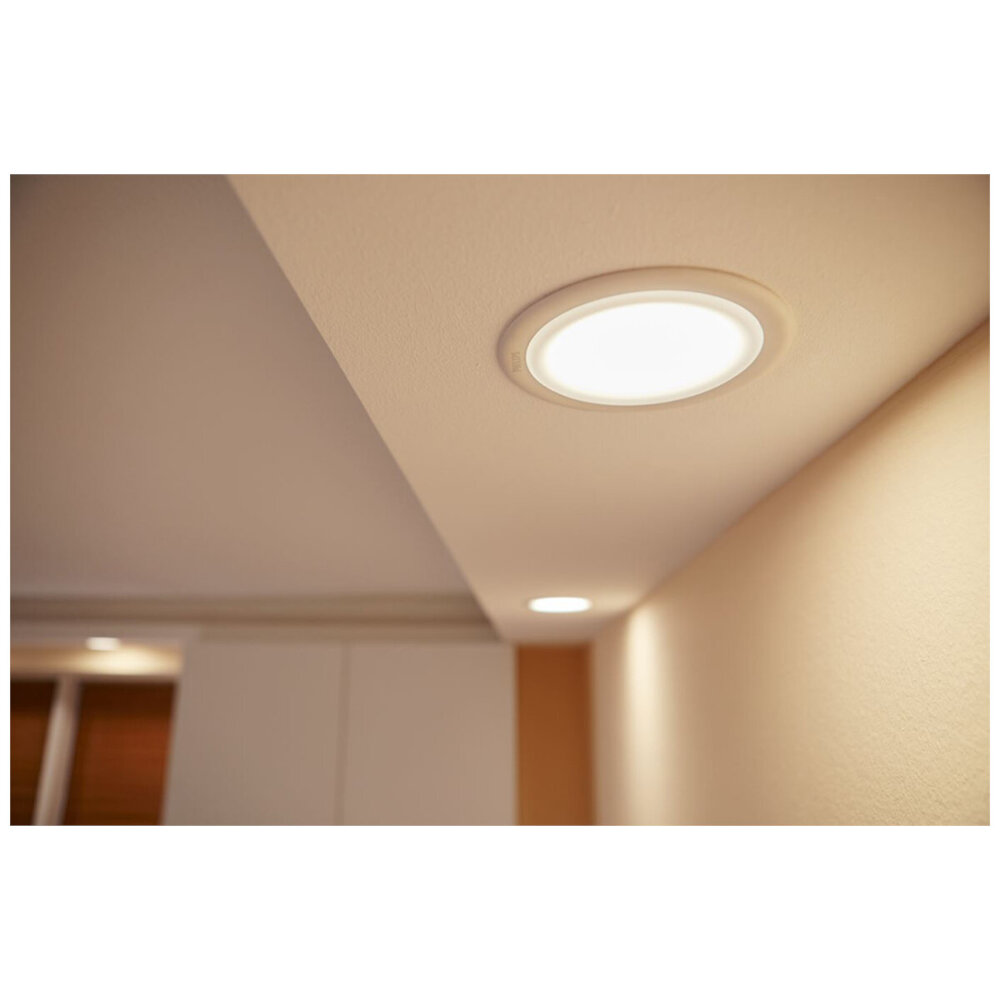
In conclusion, upgrading your lighting system from fluorescent to LED is a smart move that offers numerous benefits. It not only enhances the aesthetic appeal of your space but also helps you save money in the long run by reducing energy bills and maintenance costs. By following the quick guide on how to change fluorescent light fixture to LED, you can easily make the switch without any professional help. LED lighting is not only energy-efficient but also eco-friendly, making it a responsible choice for the environment. So, if you want to upgrade your lighting system to a more efficient and cost-effective option, switching to LED lights is the way to go.

